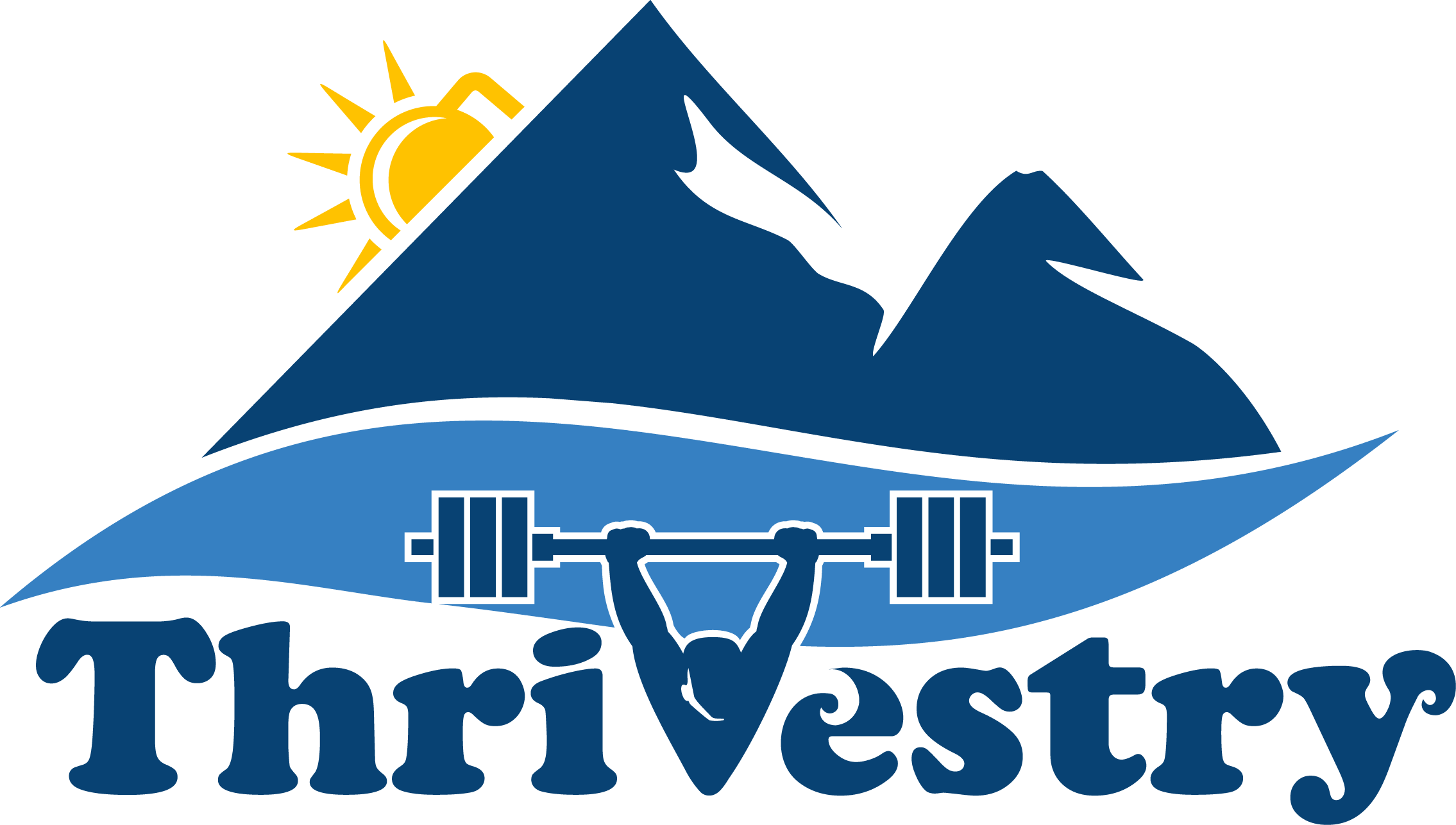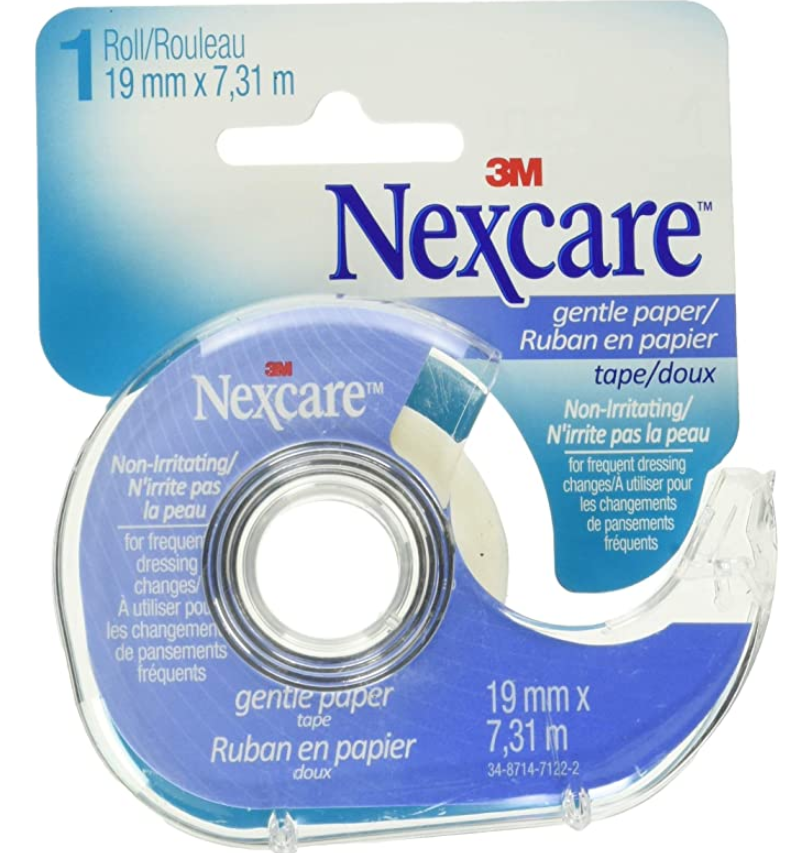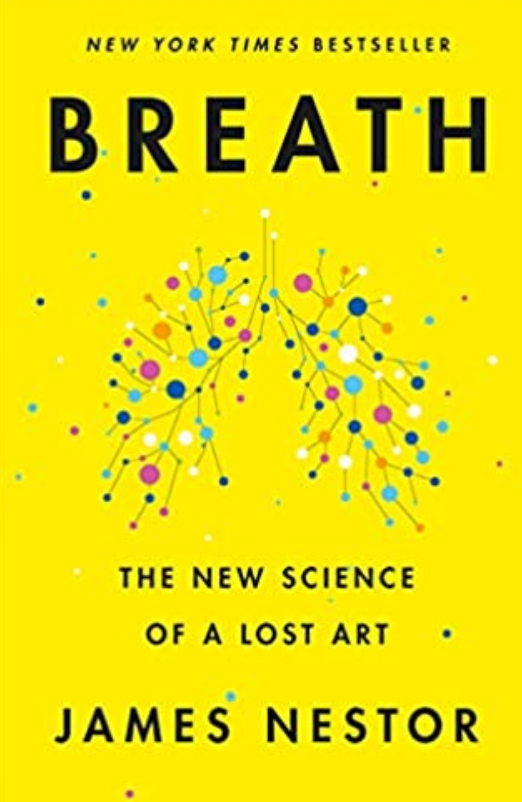Breathe Man, Breathe!

Breathing is like walking, sitting, or sleeping.
We do it every day and never think about it.
And like walking, sitting, and sleeping, there is a lot more going on than we realize as we perform these unconscious tasks.
Fixing your gait can help you with that knee, ankle, or back pain, that seems to persist.
Fixing your sitting form and sitting less can help you lose weight, fix your posture, and make you feel better.
Fixing your sleep will make you a happier, leaner, more awesome, human.
Fixing your breathing will prevent chronic disease, change the shape of your face, help you be calmer, AND improve performance!
Are you a ‘Mouth Breather’?
It turns out that we are supposed to do the vast majority of breathing through our nose and not our mouths. The less we breathe through our nose, the harder it becomes to do it. It changes the bone structure of our face and creates problems like sleep apnea and crooked teeth!
Even if you aren’t a ‘mouth breather’, there is A TON of good things that happen as you learn how to breathe better (check the links below for more of the science and history of breath research).
Here are 5 things you can do to improve your breathing and possibly change your life.
Tip 1 for improving your breathing: The Nose Knows
Start breathing through your nose as much as possible.
Figure out a trigger to help you stay on track. Something like every time you check your phone, every time you look at a clock, or every time you stand up.
The more you breathe through your nose, the easier it will become as the nasal passages start to open up. If you have major constrictions, make sure you aren’t exposing yourself to something that is causing inflammation (like pollen or food allergy). If you still aren’t getting results after a week or two, go see a doctor.
Tip 2: SLOW DOWN
Let’s perform a simple test.
Start a stopwatch or set a timer for one minute. Count how many breaths you take normally. Try not to think about it too much. Just breathe normally.
Do it now (before reading on).
Go on.
I’ll wait.
No really, stop, and do it!
Chances are, you are probably taking 15-20+ breaths per minute.
Our forebears routinely averaged more like 5-10, and research is coming out that this rate is much healthier for you!
As you start paying attention to your breath, try to slow it down. Start by pulling air in with your belly, then your chest, then the top of your rib cage. 5-6 seconds in, 5-6 seconds out (to get you right around 5-6 breaths per minute).
With practice (and a little biological adaptation), this will become natural and you’ll reap the benefits of improved breathing.
Tip 3: Keep Your Mouth Shut (while working out).
This is a tough one, and it will be easier for some people more than others.
Try to do your workouts with your mouth closed most of the time. Do most, if not all, of your breathing through your nose. If you MUST breathe through your mouth, consciously focus on still bringing as much air as possible through the nose and use the mouth as little as possible.
Exercising this way may force you to slow down on certain workouts, but the benefits will pay off in the long run.
Your body will begin to handle more carbon dioxide and more oxygen. There are many elite athletes who have seen a significant improvement in performance by forcing themselves to breathe through the nose and less overall.
It isn’t exactly like wearing a weight vest to ‘scale-up’ a workout, but it will help you get more benefits from the time you spend working out (than just mouth breathing alone).
A bonus is that you’ll probably need to drink less water (and that can improve your times right!?)
Tip 4: Recovery Breathing
After an intense workout, or any workout really, you can take some time to do some ‘recovery breathing’ to calm down the central nervous system and help you recover faster for the drive home.
You can sit to do this, but if you can lay down on your back, or lay down with your feet elevated (calves on a bench/box), it can be even more effective.
Focus on a deep inhalation (belly > chest > upper ribs/shoulders) and a full exhale (upper ribs > chest > belly). Think of it as a slow-motion wave.
For the timing, you can do “box breathing”. Think of the breath like 4 sides of a square. The ‘sides’ are inhale, hold, exhale, hold.
Slow your breath down so you can do 4-5 seconds for each stage (4 sec in, 4 sec hold, 4 sec out, 4 sec hold with the air out of your lungs). If you can slow it down even more (6-6-6-6, etc.), that is even better!
Another option that is very good for calming down and deep relaxation is the 4-7-8 technique.
This is a 4 second inhale through the nose (quietly), a 7 second hold, then an 8 second exhale through the mouth making a soft ‘whoosh’ noise.
Do these drills after your workouts for at least 1-2 minutes (but 3-5 minutes is better).
Bonus Tip: Tape Your Mouth Shut at Night
This one sounds crazy, but it may change your life (or save your marriage).
If you can breathe through your nose decently, but you always need water by the bed at night because of dry mouth, you snore, or you drool a lot, this can really help you get a better night’s sleep (which is like a double bonus because better sleep and better breathing is a win-win).
The key is to not get crazy with the tape. Find some ‘gentle’ medical tape. Something like this (the dispenser style makes it easier to tear and it only costs about $5. If you use 2cm~1in a night, this will last you 365 nights): https://amzn.to/2ExCybt
All you need is an inch or less. Press it long-ways across your lips so you still have the sides of your mouth available to breathe if you need to. We aren’t trying to hermetically seal your primary face hole.
The tape may come off in the middle of the night and that is fine (it will probably end up stuck to your face or on your back FYI). All you are trying to do is provide some gentle persuasion to your mouth to keep your lips closed. Over time, your body will adapt and you’ll probably be able to skip the tape and sleep this way naturally.
Want to Learn More?
Here is a short video giving an overview: https://youtu.be/-WWDqKljmCU
Here is a podcast going more in-depth (that is a few hours long but totally worth it, probably best to find it as a podcast rather than watch the YouTube): https://youtu.be/U5o9b2RVC2E
But I highly recommend the book. “Breath: The New Science of a Lost Art” by James Nestor. He covers all of this and a whole lot more!
The Bigger Picture
Breathing, sleeping, walking, sitting…
Simple, natural, things we do every day.
But things that can have MASSIVE impacts on our quality of life and overall health.
Think about these things but consider other in-between things that may be falling into the background of your life.
Are there other ‘passive’ activities that you can improve with minimal effort? Are there other ‘low hanging fruit’ things that can be changed that will have a big impact on your life?
Stay curious, keep experimenting, and thrive on.
-jj
Attacking Weaknesses

One of the things that make CrossFit training different than everything that came before it is a deliberate effort to make us focus on what we aren’t good at.
You can’t avoid these things in a good CF program.
You are constantly reminded and frustrated, by them.
It takes an enormous amount of character to face your least favorite things, your worst things, and do them routinely, with the intent of getting better.
To be honest with yourself.
To recognize there is a problem. And fix...
11 Habits of Highly Successful Gym Goers

“Do I want to be better?”
It is a simple question.
But before you answer it you must think hard about what it really means.
A better question might be:
“Am I willing to put in the work, and the sacrifices, to be better?”
There is one thing across all people who are successful in our gym that seems to be consistent across all personalities, tastes, walks of life…
They answer YES to this question.
It is a unifying characteristic that allows the 80-year-old grandma...



0 comments
Leave a comment